Let’s face it, folks. Infrastructure sometimes gets a raw deal. We celebrate the grand opening of a sparkling new bridge, but who wants to think about the not-so-glamorous world of maintenance?
As a cost estimator, I can tell you that ignoring infrastructure maintenance is a recipe for financial disaster (and maybe a bumpy commute).
Here’s the thing: that shiny new bridge, if left unloved and unmaintained, will eventually transform into a rusting relic. Small cracks become gaping chasms, minor leaks morph into significant repairs, and you’ll be staring down the barrel of a budget-busting rehabilitation project before you know it.

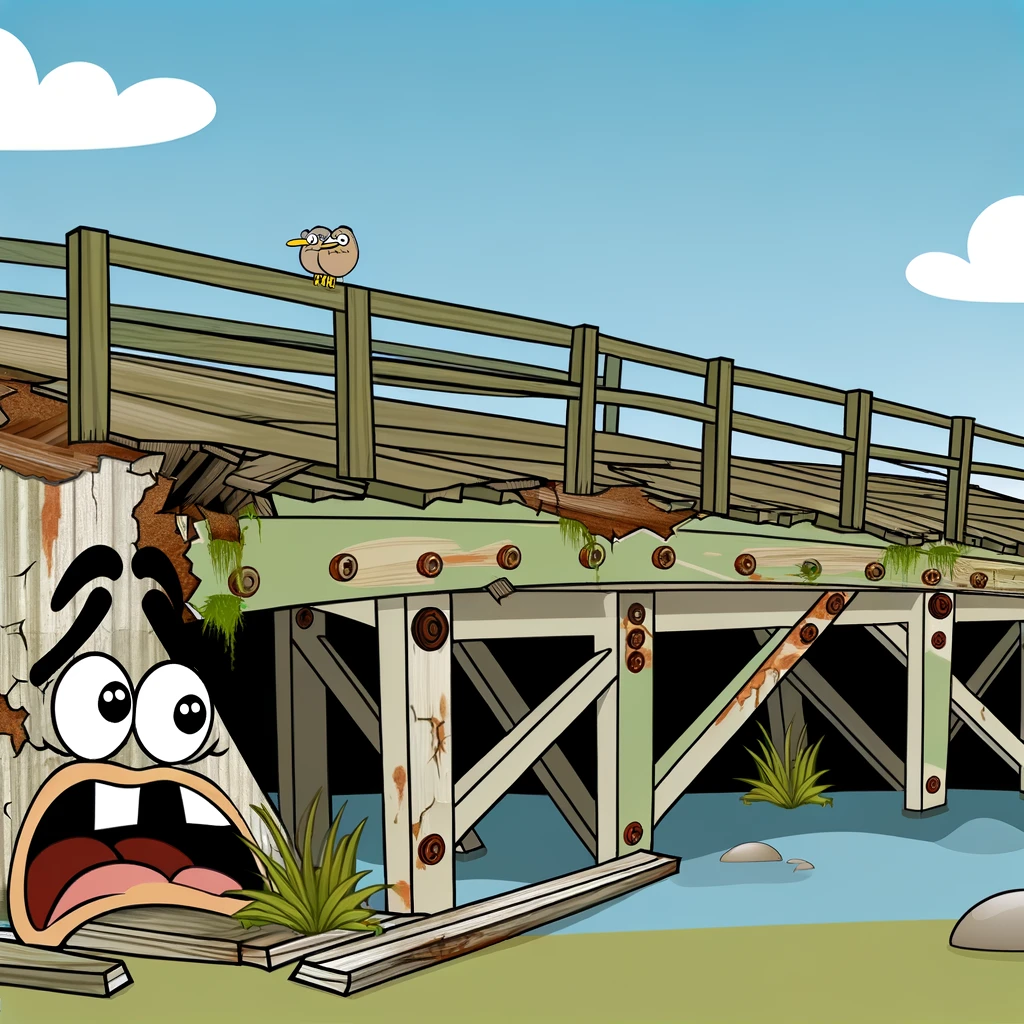

A study by the American Society of Civil Engineers (ASCE) found that the United States faces a significant economic burden due to deferred maintenance on its transportation infrastructure. The report states that for every $1 invested in preventative maintenance, there’s a return of $4 to $7 in avoided future repair costs [Source: American Society of Civil Engineers 2021 Infrastructure Report Card]. This statistic emphasises the significant cost savings associated with proactive maintenance compared to the reactive approach of major repairs after infrastructure failure.
The National Infrastructure Commission highlights the need for a long-term approach to infrastructure management, emphasising preventative maintenance to avoid costly disruptions [Source: National Infrastructure Commission – Infrastructure Asset Management].
The Institution of Civil Engineers (ICE) discusses the challenges of maintaining ageing infrastructure and the potential for cost savings through preventative measures [Source: Institution of Civil Engineers – State of the Nation: Infrastructure 2020].
This is where our unsung heroes, the civil engineers, come in. They champion the cause of preventative maintenance, reminding us that a stitch in time saves nine (and potentially millions of dollars or pounds).
So, the next time you see a construction crew working on a seemingly unremarkable project, remember that they might save us from a future infrastructure nightmare (and a potential pothole-induced meltdown).

As a cost estimator, I’m not going to lie: factoring in maintenance costs can be tricky. Predicting the future is no easy feat, and unexpected wear and tear can throw a wrench (or perhaps a literal bolt) into even the most meticulously crafted plans.
But here’s the good news: when we incorporate preventative maintenance into the overall infrastructure lifecycle plan, we can:
- Spread Out Costs: Regular maintenance is like paying a smaller monthly bill instead of a giant, wallet-crushing lump sum later.
- Extend Infrastructure Lifespan: Who wants to replace a bridge every 20 years? Regular TLC keeps our infrastructure functioning for generations to come.
- Minimise Disruption: Catching minor issues early prevents them from snowballing into major problems that require lengthy shutdowns and traffic jams.
So, let’s raise a metaphorical glass (or hard hat) to the importance of infrastructure maintenance! And remember, while a brand new bridge might be the belle of the infrastructure ball, a well-maintained one is a thing of enduring beauty (and budgetary responsibility).
What are your thoughts on infrastructure maintenance? Have you ever witnessed the consequences of neglecting preventative measures? Share your stories (and any tips for advocating for solid maintenance programmes) in the comments!
#Infrastructure #Construction #CivilEngineering #Maintenance #Sustainability #Planning #LinkedIn #CostPlanning #Estimation #CivilsBites #InfrastructureHumour #BudgetQuest #InfrastructureAdventures #UnexpectedCosts



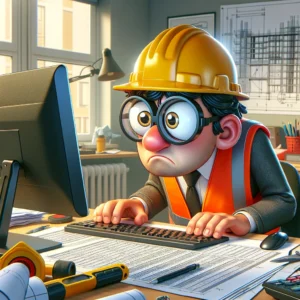



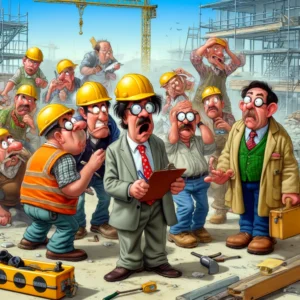


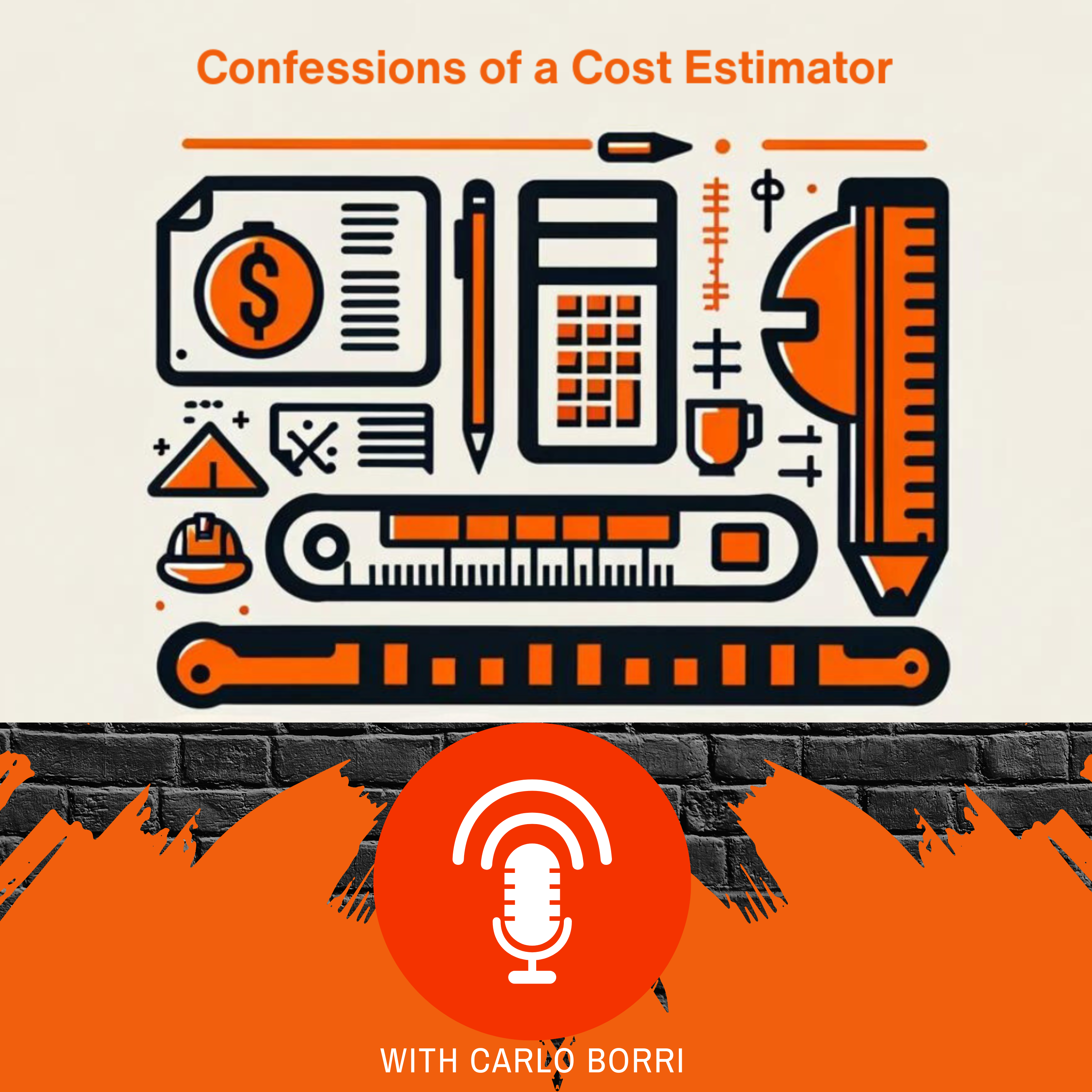



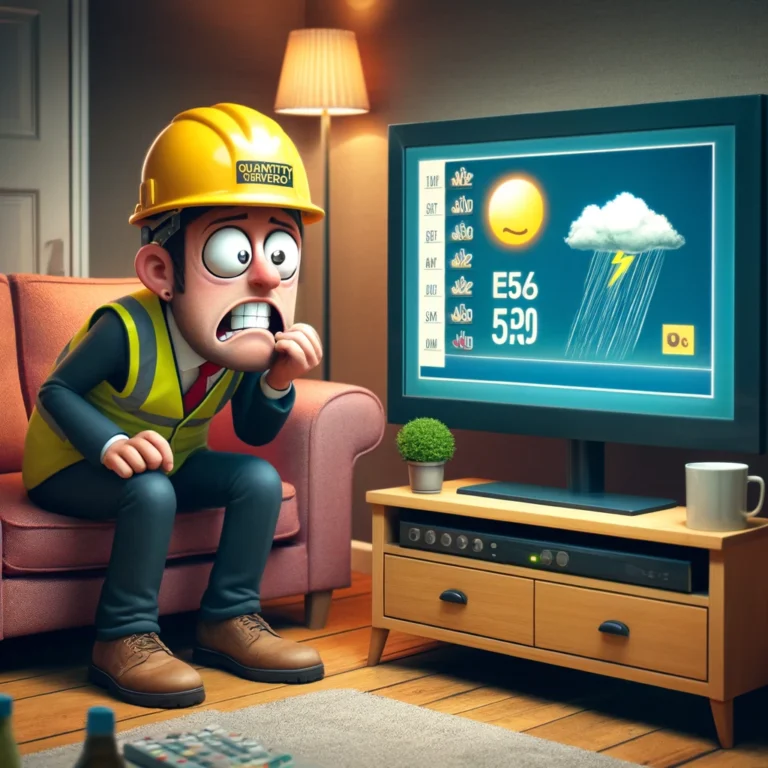


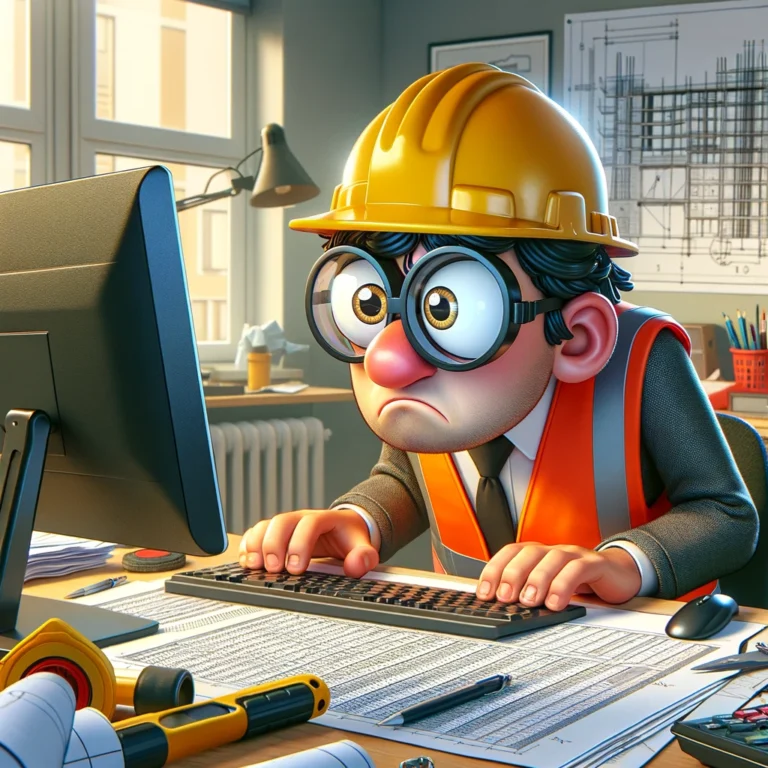



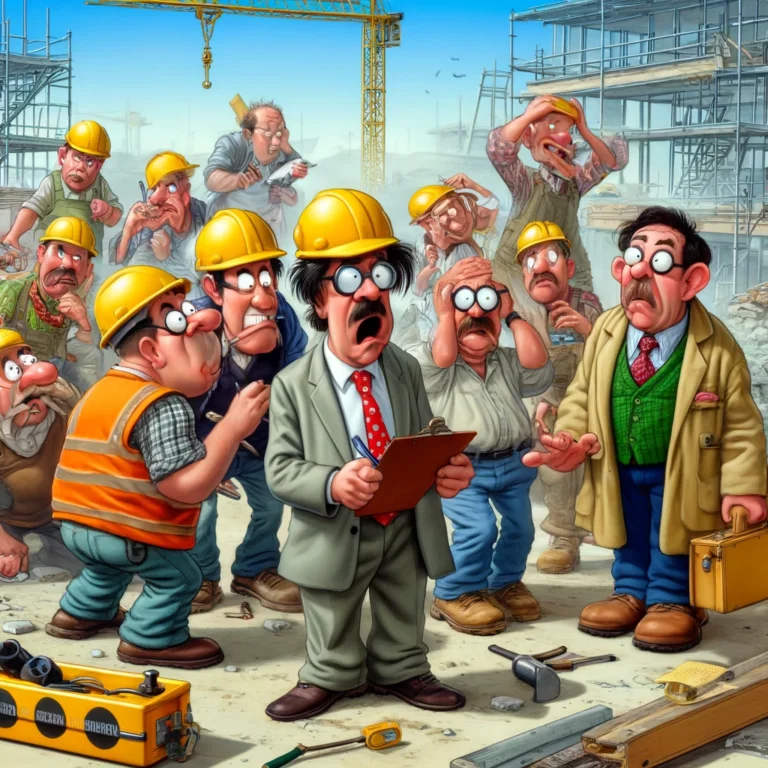

+ There are no comments
Add yours